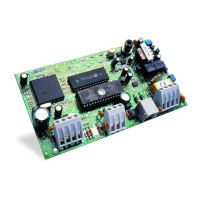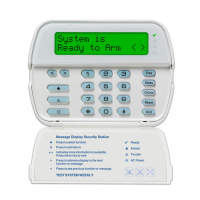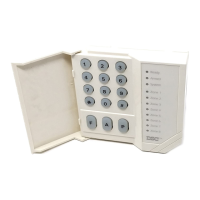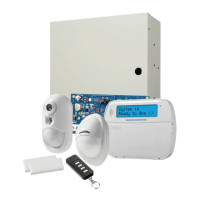16
Fire Escape Planning
There is often very littl e time between the dete ction of a fire and the time it be comes dea dly. It is thus
very important that a family escape pl an be developed and rehe arsed.
1. Every family memb er should particip ate in developing the esca p e plan.
2. Study the possibl e esca p e routes from e a ch location within the house. Sinc e many fires oc cur at
night, special attention should be given to the esca p e routes from sl e eping quarters.
3. Escape from a b e droom must be possi bl e without op ening the interior door.
Consid er the following when making your esc a p e pl ans:
• Make sure that all perimeter doors and windows are e asily opened. Ensure that they are not
painte d shut, and that their locking mechanisms operate smoothly.
• If opening or using the exit is too diffi cult for children, the el derly or handic a pp e d, plans for
rescue should be d evelope d. This includ es making sure that those who are to p erform the rescue
can promptly he ar the fire warning si gnal.
• If the exit is above the ground level, an approved fire la d d er or rope should b e provid e d as well
as training in its use.
• Exits on the ground l evel should be kept cle ar. Be sure to remove snow from exterior p atio doors
in winter; outdoor furniture or equi pment shoul d not block exits.
• Each p erson shoul d know of a pre d etermine d assembly point where everyone can be accounted
for i.e.: across the street or at a nei ghbour's house. O nce everyone is out of the buil ding, call the
Fire D e p artment.
• A good plan emphasizes quick escap e. Do not investi gate or attempt to fight the fire, and do not
gather b elongings or pets as this wastes valuable time. O nce outsid e, do not re-enter the house.
Wait for the fire de p artment.
• Write the fire esc ap e pl an down and rehearse it fre quently so that should an emerg ency arise,
everyone will know what to do. Revise the plan as conditions chang e, such as the number of
people in the home, or if there are chang es to the building's construction.
• Make sure your fire warning system is operational by conducting we ekly tests (see “ Fire Alarm
O p eration” on p ag e 14). If you are unsure about system operation, conta ct your installing de al er.
• We re commend that you contact your local fire de p artment and re quest further information on fire
safety and esca p e planning. If availa bl e, have your loc al fire prevention offic er conduct an in-
house fire safety inspe ction.
Maintenance
With normal use, the system re quires minimum maintenance. The following points should be observed.
1. Do not wash the security station with a wet cloth. Light dusting with a slightly moistene d cloth should
remove normal accumul ations of dust.
2. The battery/ bell test is desi gne d to determine battery condition. We re commended, however, that
the stand-by b atteries b e re plac e d every thre e years.
3. For other system devi ces such as smoke detectors, passive infrare d, ultrasoni c or mi crowave motion
dete ctors or gl assbre ak dete ctors, consult the resp e ctive manufa cturer’ s literature for testing and
maint enanc e.
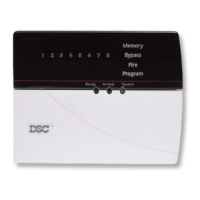
